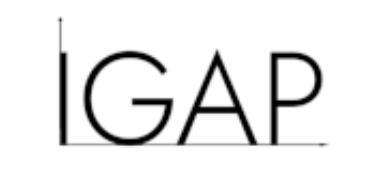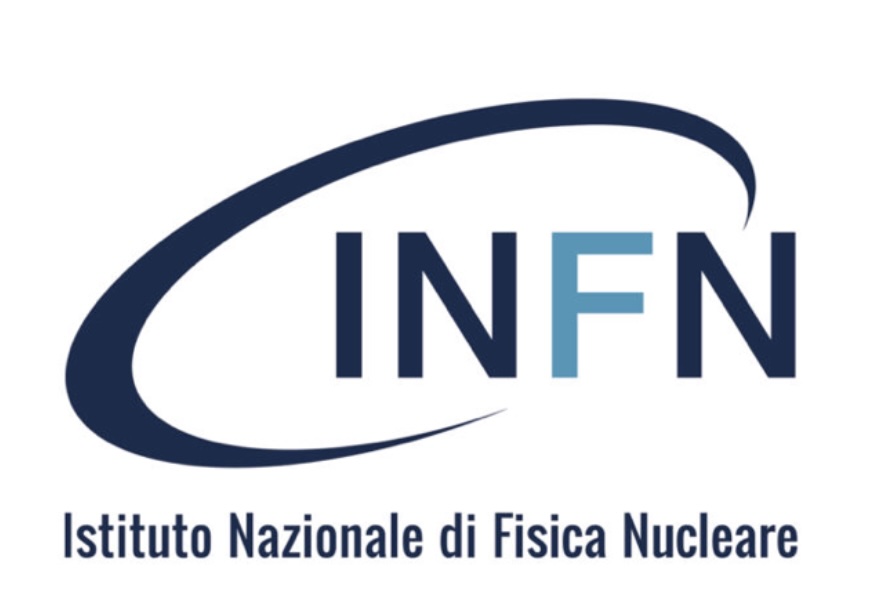Quivers, Symmetries and SCFTs
Giambiagi
Adriatico, ICTP
Strongly coupled quantum field theories (QFTs) are key to understanding physics across many scales. Conformal field theories (CFTs), the fixed points of renormalization group flow, are crucial for this understanding, yet analyzing them in d>2 is tough. Supersymmetry offers powerful tools; in d>4, superconformal field theories (SCFTs) are our only known interacting CFTs. Lacking standard Lagrangian descriptions, SCFTs provide unique insights into strong coupling. Recent progress using string theory and geometric methods, especially quivers, has proven very effective in tackling these challenges.

Speakers:
Alessandro Tomasiello
Antoine Bourget
Chiung Hwang
Futoshi Yagi
Gabi Zafrir
Hee-Cheol Kim
Kimyeong Lee
Marcus Sperling
Michele Del Zotto
Saghar Hosseini
Shlomo Razamat
Simone Rota


